Rats can be a serious problem for homeowners, not just because they’re unpleasant, but because they pose serious health risks and can cause significant damage to property. If you suspect you have a rat infestation, it’s important to take action to remove them as soon as possible. However, safely removing rats requires caution—both for your health and the well-being of your family.
Rats carry diseases, can contaminate food, and pose a risk of injury through bites or scratches. If you try to handle an infestation without the proper knowledge or tools, you might inadvertently expose yourself to these dangers. Fortunately, there are safe ways to remove a rat infestation. In this blog post, we’ll discuss how to safely handle and remove a rat infestation without risking your health.
1. Recognizing the Signs of an Infestation
Before jumping into removal strategies, it’s essential to identify whether you truly have a rat infestation. Some of the most common signs of a rat problem include:
- Visible Droppings: Rat droppings are small, dark, and cylindrical. If you see droppings in places like your kitchen, pantry, attic, or basement, it’s a strong indication that rats are present.
- Gnaw Marks: Rats are constantly chewing to keep their teeth from growing too long. Look for gnaw marks on food packaging, wood, or even wires.
- Noise: Rats are nocturnal creatures, so you may hear them scurrying around your home, especially at night. Scratching noises coming from walls, ceilings, or the attic could indicate a rat infestation.
- Signs of Nesting: If you find shredded paper, fabric, insulation, or other materials, rats could be nesting in your walls or attic.
Once you confirm you have a rat infestation, it’s time to take action. However, ensure that you do so with safety in mind.
2. Use Protective Gear
Before you start removing rats or cleaning up droppings, it’s essential to wear protective gear. Rats are carriers of various diseases, and their urine, feces, and saliva can contaminate surfaces, which may lead to infections or allergic reactions. To protect yourself, always wear:
- Gloves: Use disposable gloves when handling traps, droppings, or anything that rats may have come into contact with. This will reduce the risk of contamination.
- Face Mask or Respirator: A face mask, or even a respirator, is essential to avoid inhaling any airborne particles from dried rat droppings or urine. These particles can carry diseases like Hantavirus, which can be inhaled through the dust.
- Protective Clothing: Wear long sleeves and pants to minimize skin exposure to contaminated areas. It’s also a good idea to wear old clothes that can be safely washed after the task is completed.
3. Setting Traps for Safe Removal
The most common and humane way to remove rats is through traps. There are several types of traps available, each with its own advantages and safety features:
- Snap Traps: These are the most traditional type of rat trap. They work by snapping shut when the rat tries to take the bait. While they are effective, they should be checked frequently to ensure that they don’t remain in place for too long.
- Live Traps: These traps catch rats without harming them, allowing you to release them far from your home. If you choose this method, make sure you release the rats in a remote area, as releasing them near your home may lead to them finding their way back.
- Glue Traps: While effective at capturing rats, glue traps can be inhumane because they cause distress and suffering to the rat. They are generally not recommended for ethical reasons. However, they may still be used if necessary in areas that are hard to access.
When setting traps, be strategic about their placement. Rats typically travel along walls and near corners, so place traps in areas where you’ve noticed signs of activity, such as near droppings, gnaw marks, or nesting materials. Also, ensure that traps are positioned away from places where pets or children may accidentally come into contact with them.
4. Cleaning Up After the Infestation
After removing the rats, it’s essential to thoroughly clean any areas they may have contaminated. This will help eliminate the health risks associated with their urine, feces, and fur. Here’s how to clean safely:
- Ventilate the Area: Open windows or doors to ensure the area is well-ventilated before you begin cleaning. This will help reduce the chances of inhaling airborne particles.
- Use a Disinfectant: Use a disinfectant that is effective against pathogens such as Salmonella and Leptospirosis. Clean surfaces with soap and water first, and then apply a disinfectant to kill any bacteria or viruses.
- Handle Droppings and Nests Carefully: Use a damp paper towel to pick up rat droppings and place them in a sealed plastic bag. Avoid sweeping or vacuuming droppings, as this can stir up harmful particles into the air.
- Dispose of Contaminated Materials: If you find that nesting materials like insulation or fabric have been contaminated by rats, dispose of them properly. Do not attempt to reuse these materials until they have been thoroughly cleaned or replaced.
5. Preventing Future Infestations
Once you’ve removed the rats and cleaned your home, it’s time to take steps to prevent future infestations. Rats are resourceful creatures, and they can quickly find their way back into your home if conditions allow it. Here are some preventative measures:
- Seal Entry Points: Rats can squeeze through incredibly small gaps. Inspect the exterior of your home for holes, cracks, or gaps, especially around doors, windows, pipes, and vents. Seal these entry points using materials like steel wool, caulk, or wire mesh.
- Maintain Cleanliness: Rats are attracted to food sources, so keep your home clean and free of crumbs, spills, or food debris. Store food in airtight containers, and clean under appliances and furniture regularly.
- Trim Landscaping: Overhanging trees and shrubs can act as a pathway for rats to reach your roof or attic. Trim branches that come near your home to eliminate easy access points.
- Proper Waste Disposal: Make sure outdoor trash is secured in bins with tight-fitting lids. Don’t leave pet food outside, and take care to clean up after barbecues or outdoor events where food might be left out.
6. When to Call a Professional
If your rat infestation is severe or difficult to handle, it’s a good idea to call a professional pest control service. Professionals have the experience, knowledge, and tools to safely and effectively remove rats from your home. They can also provide you with long-term prevention strategies and help ensure that the infestation is fully eradicated.
Conclusion
Removing a rat infestation from your home requires careful planning and safety precautions to protect yourself from potential health risks. By using traps, wearing protective gear, and cleaning thoroughly, you can safely remove rats without putting your health at risk. Additionally, taking preventative measures, such as sealing entry points and maintaining cleanliness, can help keep your home rat-free in the future.
If the infestation proves difficult to handle or if you’re unsure about handling it yourself, don’t hesitate to seek help from a professional pest control service. Their expertise can ensure that your home remains safe, clean, and free from the dangers of a rat infestation. We recommend pest control in new york.

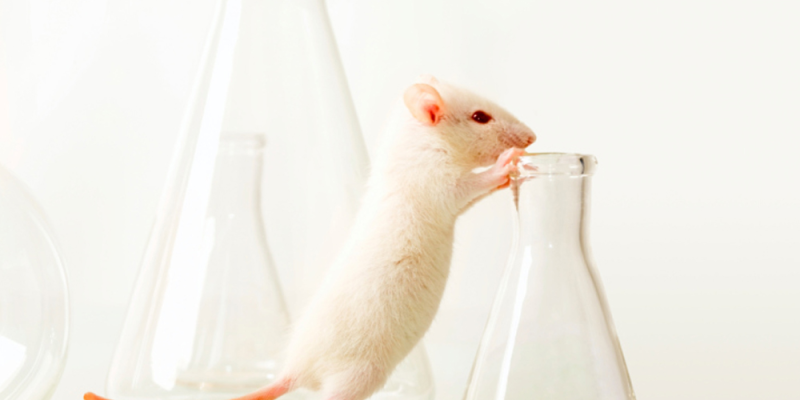



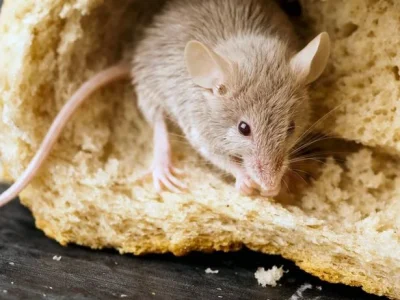
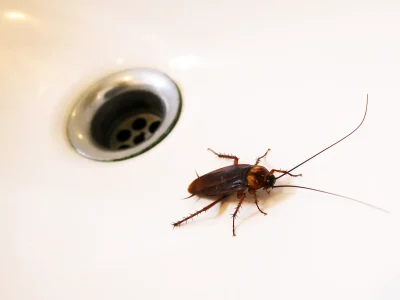
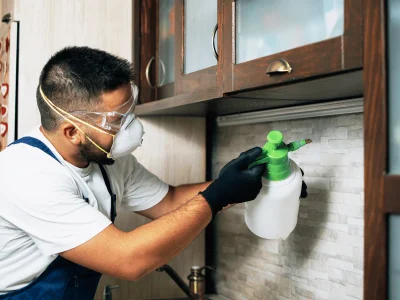
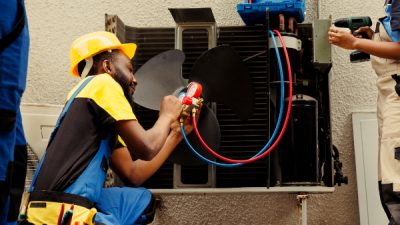


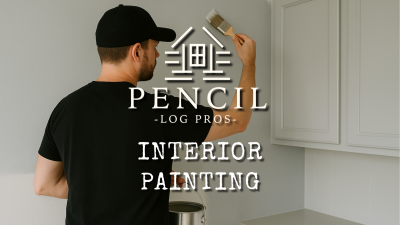

Comments